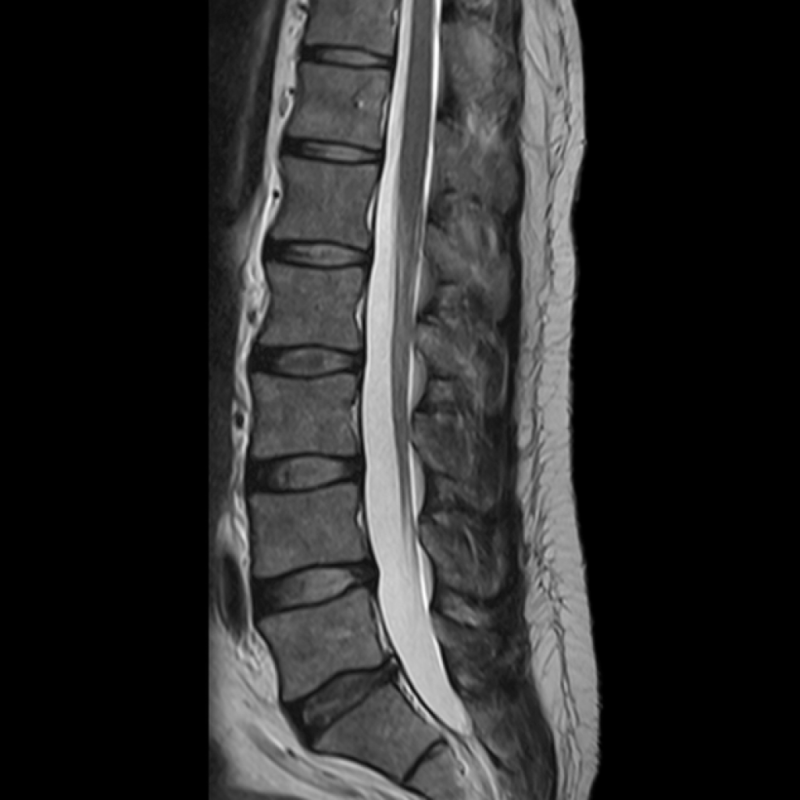Have you suffered from low back pain?
Have you wondered if you should get an MRI so you can identify the problem?
Unfortunately, MRIs are not always beneficial.
Let me explain.
With a lumbar MRI you get an image of the joints, discs, ligaments, nerves and muscles of the low back.
Now, if you are over the age of 30, it is unlikely that your spine will look pristine on an MRI. You will probably have some “degenerative changes” such as disc height loss, facet arthritis, disc bulges, and disc degeneration.
And, often times, those degenerative changes are not causing your low back pain anyway! Multiple studies have found that many people (up to 80%) WITHOUT low back pain have degenerative changes on an MRI. Check out this graph.
So why is this a problem?
Recent studies have shown patients who receive MRIs prior to seeing a physical therapist were more likely to have surgery, injections, see a specialist or visit an emergency room than those who saw a physical therapist first.
You see, the degenerative changes seen on an MRI (which may not be causing your low back pain in the first place) may prompt the patient or physician to want to accelerate the course of intervention.
The bottom line is, if your back pain is musculoskeletal in nature it can usually be identified and successfully treated without an MRI.
When is an MRI useful or necessary?
Occasionally, low back pain is caused by something serious. In these cases an MRI is useful and can be lifesaving.
Symptoms that may warrant an MRI include:
- Weight loss that you cannot explain
- A high temperature and fever over 102° F
- Loss of bowel or bladder control
- Loss of feeling or muscle weakness in the legs
- A history of cancer
- Serious trauma
- Conservative treatment (physical therapy) for over 6 weeks with no improvements

